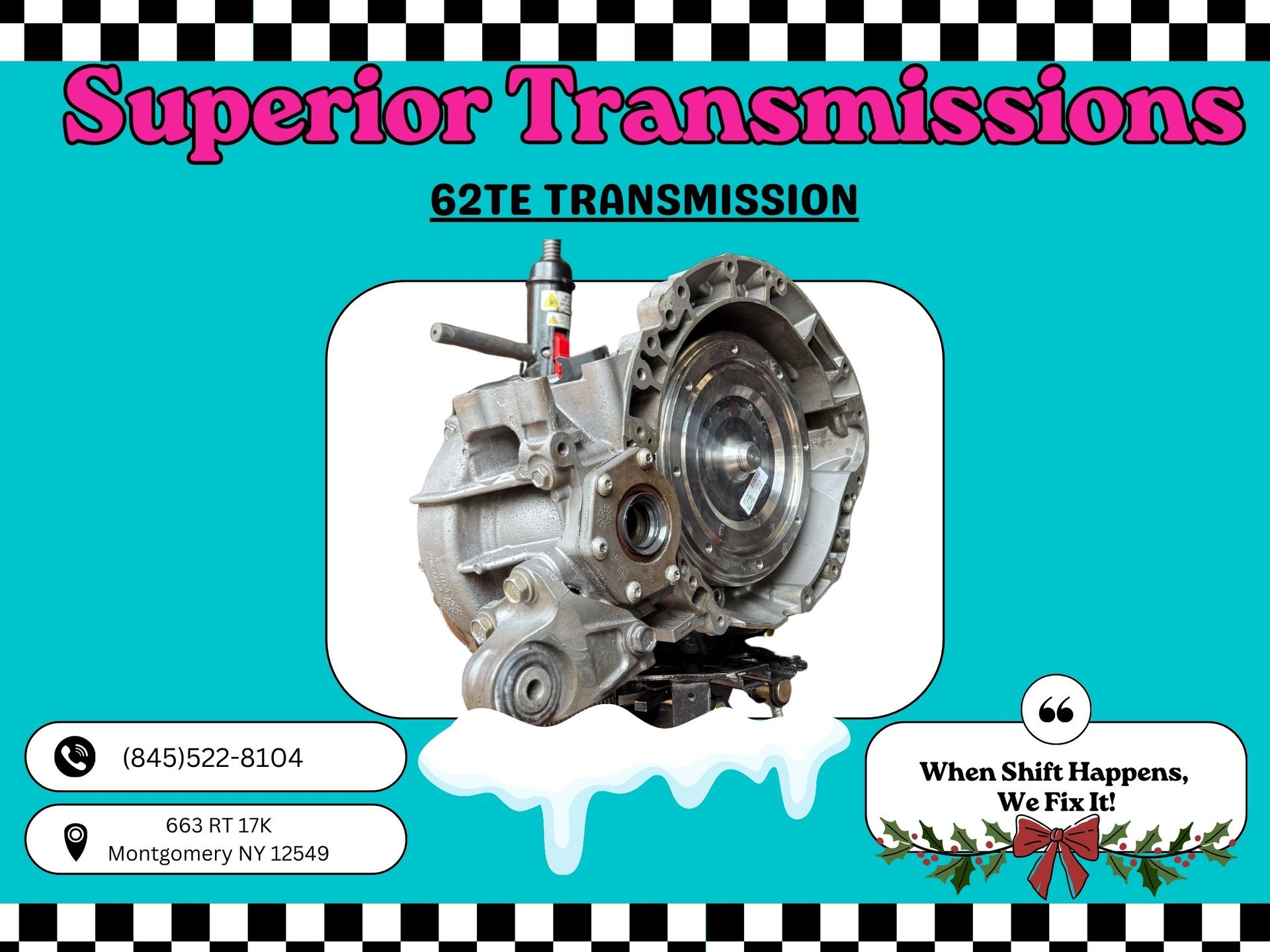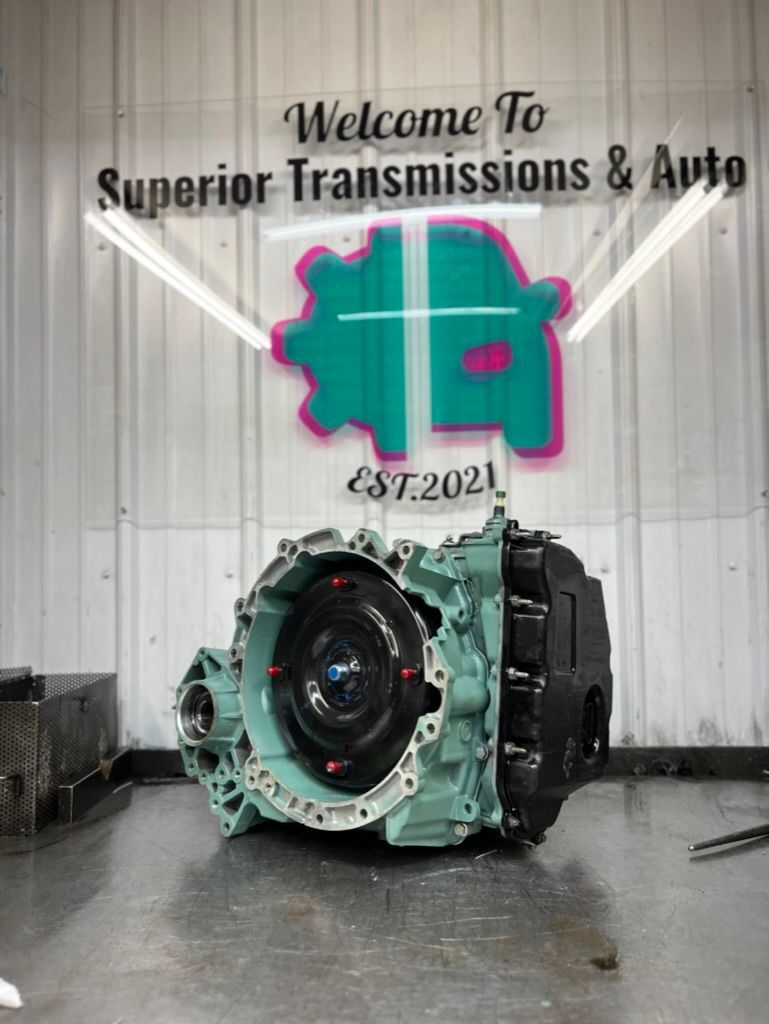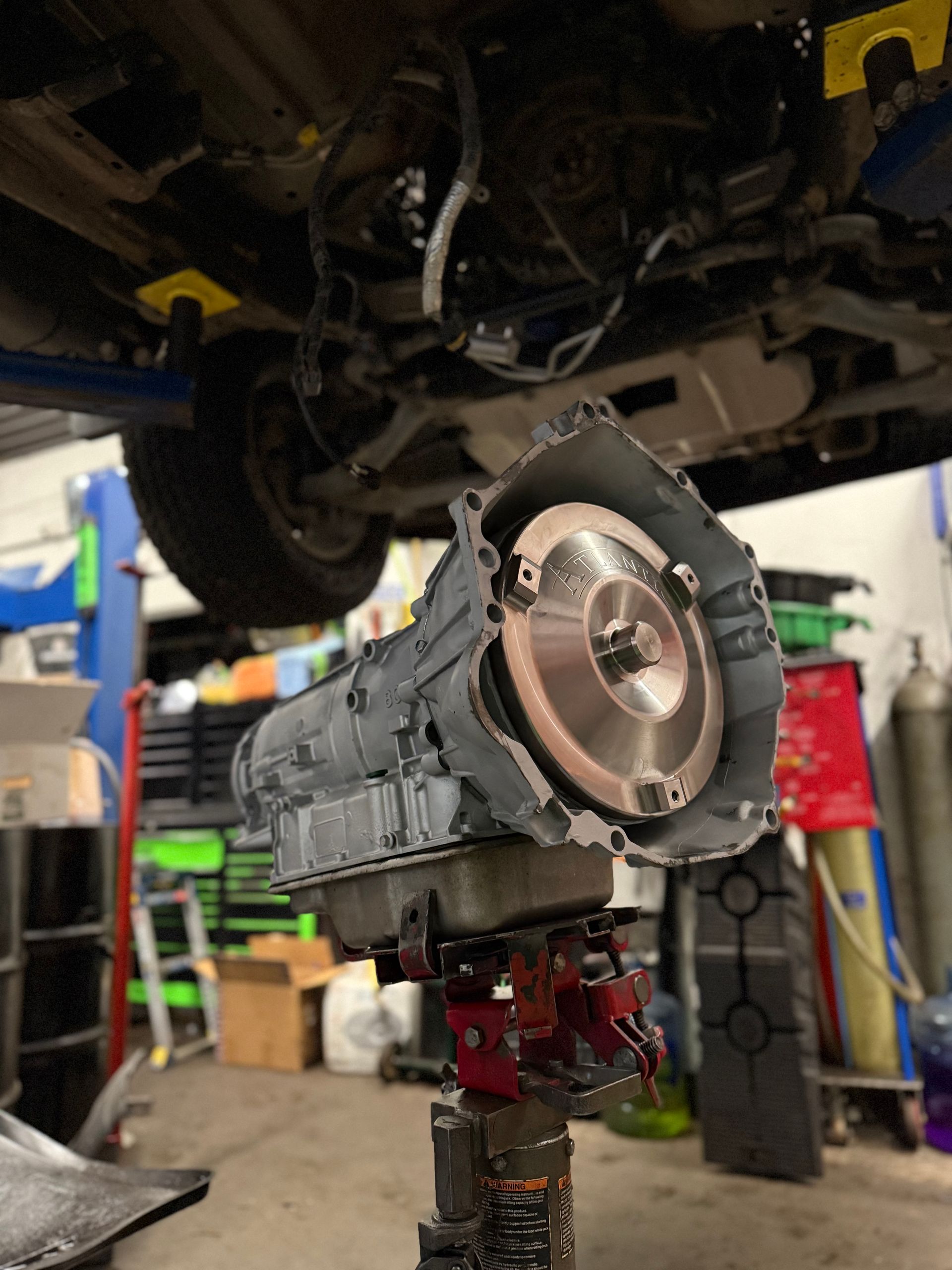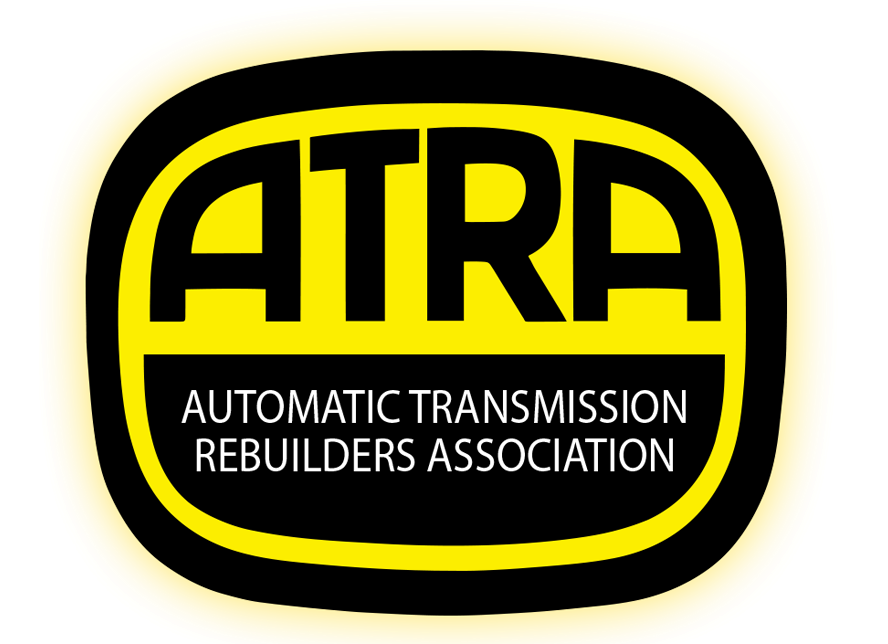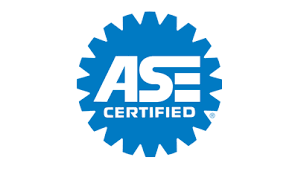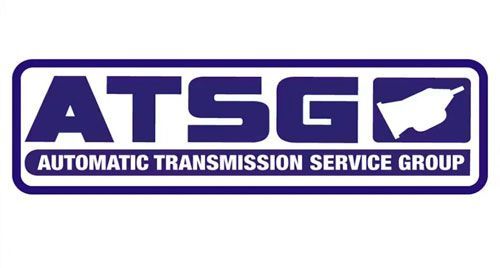Keeping Your Vehicle Running Smooth!
January 30, 2025
January 30, 2025
The iMPORTANCE OF CAR MAINTENANCE INTERVALS
Owning a vehicle comes with the responsibility of regular maintenance to ensure safety, efficiency, and longevity. Following recommended maintenance intervals is crucial for preventing breakdowns, avoiding costly repairs, and keeping your vehicle in optimal condition. Below, we’ll go over key maintenance items, their recommended intervals, and why they matter.
1. Oil Changes (Every 3,000 - 7,500 Miles)
Why it matters: Engine oil lubricates moving parts, reducing friction and preventing overheating. Over time, oil breaks down and becomes contaminated, leading to engine wear.
What happens if you skip it: Dirty or insufficient oil can cause overheating, increased friction, and eventually, engine failure.
2. Transmission Fluid (Every 30,000 - 60,000 Miles)
Why it matters: Transmission fluid keeps your transmission cool and lubricated, ensuring smooth gear shifts and preventing premature wear.
What happens if you skip it: Old, dirty fluid can cause slipping, rough shifts, and eventually, total transmission failure—one of the most expensive repairs.
3. Brake Pads and Fluid (Pads: Every 25,000 - 70,000 Miles, Fluid: Every 2 Years)
Why it matters: Brake pads create friction to stop your vehicle, and brake fluid transmits pressure for effective braking.
What happens if you skip it: Worn brake pads reduce stopping power and can damage rotors. Contaminated brake fluid can cause brake failure, leading to dangerous situations.
4. Tire Rotations and Alignments (Rotation: Every 5,000 - 8,000 Miles, Alignment: Annually or as Needed)
Why it matters: Regular tire rotations ensure even wear, improving traction and extending tire lifespan. Proper alignment prevents uneven wear and improves handling.
What happens if you skip it: Uneven wear leads to poor traction, increased fuel consumption, and the need for premature tire replacement.
5. Coolant Flush (Every 30,000 - 50,000 Miles)
Why it matters: Coolant prevents engine overheating and corrosion inside the cooling system.
What happens if you skip it: Old coolant loses effectiveness, leading to overheating and potential engine damage.
6. Air Filters (Engine: Every 15,000 - 30,000 Miles, Cabin: Every 12,000 - 15,000 Miles)
Why it matters: The engine air filter keeps debris out of your engine, and the cabin filter ensures clean air inside your vehicle.
What happens if you skip it: A clogged engine filter reduces fuel efficiency and performance, while a dirty cabin filter leads to poor air quality inside the car. Whether you're dealing with seasonal allergies, asthma, wildfire smoke, or poor air quality, a cabin air filter helps ensure the air inside your car stays cleaner and healthier.
7. Battery Check and Replacement (Every 3 - 5 Years)
Why it matters: A healthy battery ensures reliable starts and powers essential electronics.
What happens if you skip it: A weak battery can leave you stranded and may cause electrical issues in your vehicle.
8. Timing Belt or Chain (Belt: Every 60,000 - 100,000 Miles, Chain: Inspect Regularly)
Why it matters: The timing belt/chain synchronizes engine components, ensuring smooth operation.
What happens if you skip it: A broken timing belt can cause catastrophic engine damage, requiring a costly rebuild or replacement.
Why Maintenance Intervals Matter
Each maintenance item has a recommended interval for a reason. These intervals are set by manufacturers based on extensive testing and real-world data to ensure that your vehicle operates efficiently and safely. Ignoring these intervals can lead to decreased performance, costly repairs, and even unsafe driving conditions. Regular maintenance also helps retain the value of your vehicle, as a well-maintained car will last longer and run more efficiently.
Conclusion
Following your vehicle’s recommended maintenance intervals is not just about keeping your car running—it’s about safety, reliability, and saving money in the long run. Regular maintenance prevents unexpected breakdowns, extends the life of your vehicle, and improves fuel efficiency. If you’re unsure about your car’s maintenance schedule, check your owner’s manual or give us a call! Customers often ask us, "What’s the most reliable car?" The best answer is simple—a well-maintained one!
At Superior Transmissions and Auto, we specialize in keeping your vehicle in peak condition with expert service and repairs. Contact us today to schedule your next maintenance appointment and keep your car running smoothly for years to come!


